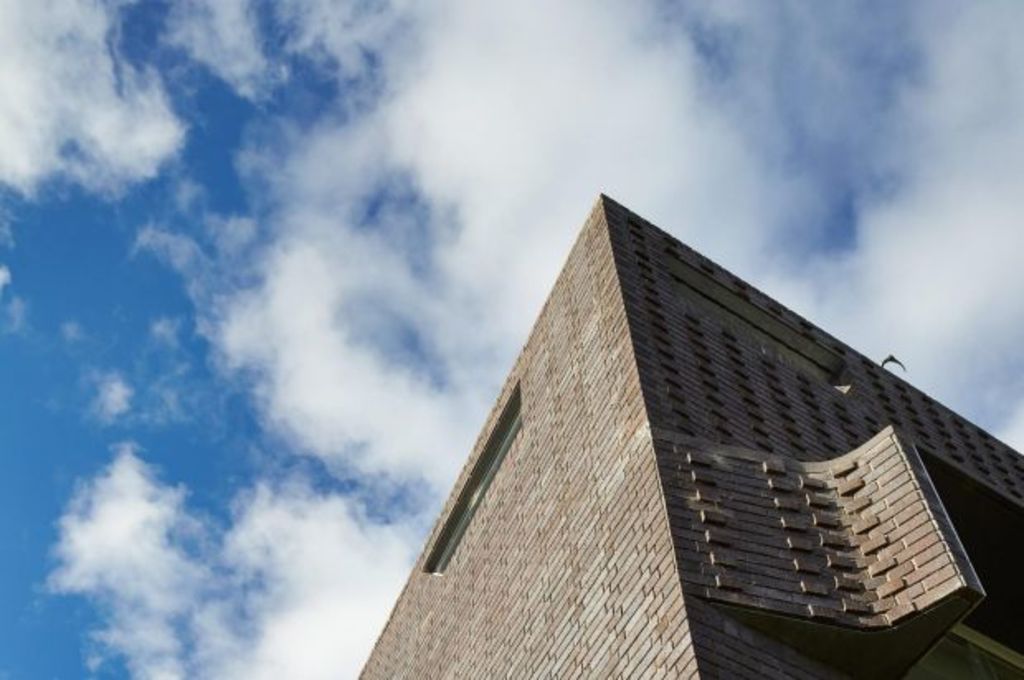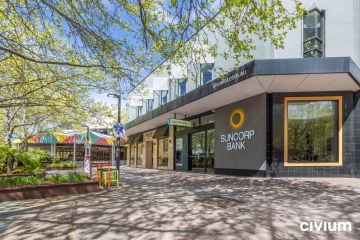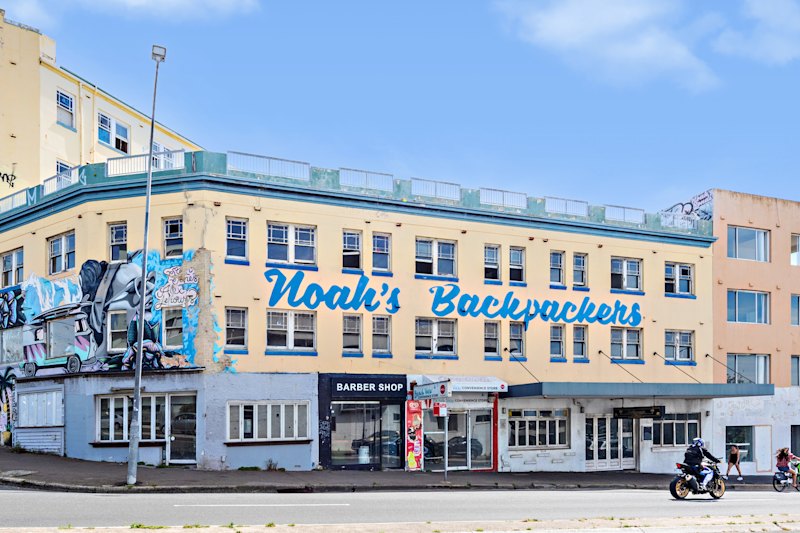Think Brick building design award winners 2016 announced

As revealed in the winner’s circle of Australia’s richest building design award there is nothing square, straight, or predictable about bricks and mortar these days.
Consider the multifarious, five-storey Perth house built in two shades of brick – one a glazed silver – that took out the main prize and has been called “fluid” and lauded by judges for its playfulness and sheer adventurousness?
As Elizabeth McIntyre, CEO of Think Brick, which announced its annual awards in Sydney on Friday, says of the four-bedroom Applecross house that took out both the Horbury Hunt residential award and the overall Grand Prix trophy, “it is such a massive project that has included just so much detailing”.
“It’s a long time since we’ve seen so many swirls, patterns, screens and details in the one project. It’s so different”.
Designed by uber Perth architects Iredale Pedersen Hook for an exceptional and elevated site overlooking the Swan River, Adrian Iredale tells that the owner/builder client had asked for a building that would “endure in time”.
Immediately that conjured the idea or building in brick “which now has such a versatility and variety, you can do amazing things with it”.
.jpg)
With a monumental street presence that Iredale himself compares to a “geological form in its multiple scales – as if it has been carved out of rock”, the other facades are all differentiated by swales and blades, patternations and projections of brick that slip and scoop and challenge any idea of an immutable material rigidity.
“The subtle pushes and pulls make it dynamic and fluid”. He says the rationale of such rich surface play was to relate the building to the Swan River context.
Other winners in the six categories of the Think Brick awards, that each won a $10.000 cheque and nationwide kudos in a competition that this year attracted a record 330 entries, include a new inner city Melbourne townhouse by Harmer Architecture built using hand-made bricks born from the blue basalt clays of Victoria’s Western District, and that put roof tiles onto some of the facades.
In a heritage neighbourhood of Victorian terraces, Philip Harmer explained that Elias House was made to have a street appearance “of being a miniature streetscape”.

The Bruce Mackenzie Landscape award went to the Chippendale refreshment project centred on Kensington Street and executed by Turf Design with Jeppe Aargaard Andersen. The remodelling introduced a very sophisticated underfoot terrain that used various types and patterns of masonry to bring the dreary backstreet to life as a multi-mixed cafe, residential, studio and hang-out zone.
“This”, said the judges, “is a true urban project. The big idea is that it takes a single material and uses it to pull together what is a very eclectic mix of buildings into a singular well-defined precinct.”
Adrian Iredale credits the Think Brick awards, that have been operating since 2005, for reprising brick from the design doldrums into which clay-based products had been relegated due to the banal way volume-builders had applied it to same-same housing. “It was cheap and they didn’t explore the material”.
“Think Brick has caused us to be captivated again and we’ve re-engaged with brick in a really creative way”.
We recommend
We thought you might like
States
Capital Cities
Capital Cities - Rentals
Popular Areas
Allhomes
More







